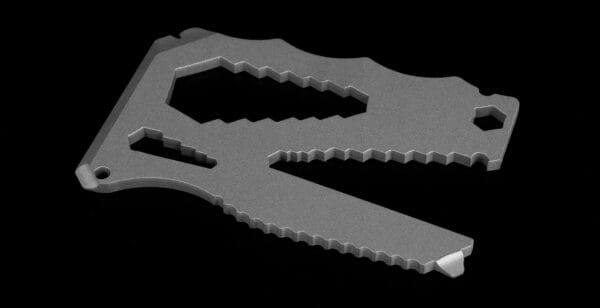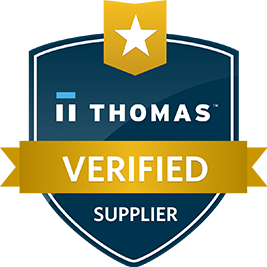Metal finishing is a critical process in the manufacturing industry, as it enhances the appearance, durability, and functionality of metal products. Proper surface preparation is essential for achieving optimal results. In this article, we will discuss some of the best surface preparation techniques for quality metal finishing.
1. Cleaning
The first step in surface preparation is cleaning. The surface of the metal must be free from contaminants such as dirt, grease, and oil before any finishing process can begin. There are different cleaning methods that can be used depending on the level of contamination. For light contamination, wiping with a clean cloth or using a solvent cleaner may be sufficient. For heavy contamination, media blasting, chemical cleaning, or ultrasonic cleaning may be required.

2. Degreasing
Degreasing is a critical step in surface preparation, especially for oily or greasy metal surfaces. Degreasing removes any oil or grease from the surface, leaving it clean and ready for finishing. Degreasing can be achieved using solvents, alkaline cleaners, or acid cleaners. It is essential to select the appropriate degreasing method based on the type of metal and the type of contamination.
3. Sanding or Grinding
Sanding or grinding is another surface preparation technique that is commonly used in metal finishing. It involves removing any surface imperfections or roughness by using abrasive materials such as sandpaper or grinding wheels. Sanding or grinding is typically used when the metal surface has scratches, rust, or other imperfections. It is important to choose the right abrasive material based on the type of metal and the level of imperfection.
4. Surface Etching
Surface etching is a process that involves chemically treating the metal surface to create a texture or pattern. Etching can be used to create a decorative or functional surface finish. Etching can be done using a variety of chemicals such as acids, alkalis, or salts. It is important to choose the right etching solution based on the type of metal and the desired finish.
5. Surface Conditioning
Surface conditioning is a process that involves modifying the surface of the metal to improve adhesion or promote bonding with the finishing material. Surface conditioning can be achieved using various methods, such as mechanical abrasion, chemical treatment, or plasma treatment. Surface conditioning is critical when the metal surface is smooth or non-porous, making it difficult for the finishing material to adhere.
6. Coating Application
The final step in metal finishing is the application of the coating material. There are different coating materials that can be used depending on the desired finish and the intended use of the product. Some common coating materials include paints, plating, anodizing, powder coating, and electrocoating. It is important to choose the right coating material based on the type of metal, the desired finish, and the intended use of the product.
Quality Metal Finishing Preparation Conclusion
Proper surface preparation is essential for achieving optimal results in metal finishing. Cleaning, degreasing, sanding or grinding, surface etching, surface conditioning, and coating application are some of the surface preparation techniques that can be used. Each technique is important and should be selected based on the type of metal, the level of contamination or imperfection, and the desired finish. By following these surface preparation techniques, you can achieve your product’s high-quality, durable, and visually appealing metal finish.

